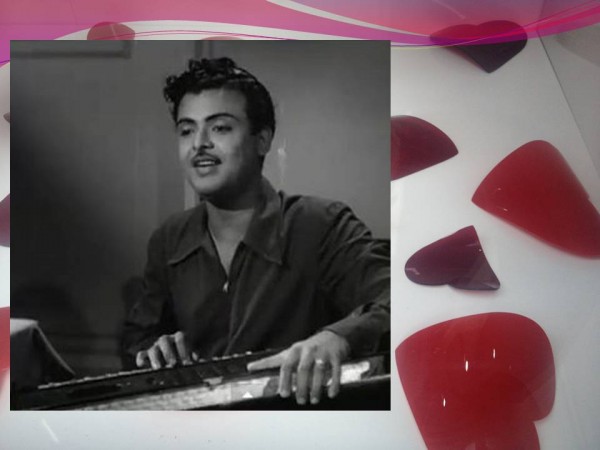By
Jamili Natasha Gooneratne

________________________________________
The paper argues that strong US intervention in Sri Lanka after the end of the island’s armed conflict in 2009 is not based on altruistic efforts to protect human rights as presented in mainstream sources, but stems from deepening US geopolitical and ideological interests in the Indian Ocean region. Keywords: Sri Lanka-US relations, US foreign policy, North-South relations, Neoliberal policy, interventionism, Indian Ocean, US-China relations
________________________________________
Introduction
The discourse regarding Sri Lanka within international media has intensified since 2009, when the then government of president Mahinda Rajapaksa announced that it had defeated terrorism in the form of the armed non-state group known as the Liberation Tamil Tigers of Eelam (LTTE) [recognized as an international terrorist organisation by the US in 1997], that Sri Lanka had been in armed conflict with since the early 80s. Sri Lanka’s announcement prompted widespread reports of humanitarian law violations, and human rights abuses by both sides. A week after the announcement, on May 26th, the UN Human Rights Council held a special two-day session on the situation in Sri Lanka, concluding in the adoption of a resolution commending the state for the policies it had adopted. The resolution passed with 29 votes in favor, 12 against, and 6 abstentions.
The United States was not a member of the UNHRC at the time, but would begin its term in June that same year. During its statement as an observer, the US permanent Mission’s Charge d’Affaires, Mark C. Storella noted that ‘This is an important moment in the life of the Sri Lankan nation, and we should all recognize that the Sri Lankan people are emerging from terrible conflict against the LTTE, an implacable foe[1].’ In retrospect, the statement was if anything supportive of the Sri Lankan state and even went as far to draw attention to the joint statement concluded by the government of Sri Lanka and UN Secretary General Ban Ki Moon, that international human rights advocacy groups had criticized for being too complacent toward the state.
But in a space of 5 years US-Sri Lankan relations would alter dramatically, with the US bringing in a country-specific HRC resolution against Sri Lanka in 2012 which was adopted by vote. By the time the UNP, the Sri Lankan liberal political party, led government replaces the former Rajapaksa government in 2015, US Secretary of State John Kerry publicly refers to the Sri Lankan conflict as the ‘…30 years of war with the Tamils…’[2] and not the LTTE. In the space after the conflict ended, numerous international media would portray Sri Lanka as an authoritarian led melting pot of human rights abuses and the country would receive far more publicized attention than it had received during the entire 30 years of its conflict. This paper begins by asking the question, why?
Continue reading ‘Under the Guise of Protecting Human Rights and Establishing Democracy: US Intervention in Sri Lanka’ »



















